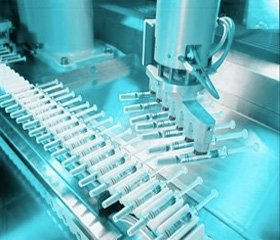Международный эндокринологический журнал 6 (54) 2013
Вернуться к номеру
Promoting oligodendrogenesis and myelin repair using the multiple sclerosis medication glatiramer acetate
Авторы: Skihar V., Silva C., Chojnacki A., Döring A., Stallcup W.B., Weiss S., Yong V.W. - Hotchkiss Brain Institute, University of Calgary, Calgary, Canada
Рубрики: Эндокринология
Разделы: Медицинские форумы
Версия для печати
The formation of oligodendrocytes (oligodendrogenesis) and myelin is regulated by several neurotrophic factors. Strategies to increase the level of these trophic molecules may facilitate repair in demyelinating conditions, such as multiple sclerosis (MS). Because leukocytes are a source of neurotrophic factors, and as glatiramer acetate (GA) generates T helper 2 (Th2) lymphocytes that are not known to be harmful, we tested the hypothesis that GA regulates oligodendrogenesis and myelin formation. First, we generated GAreactive Th2 cells and determined that they produced transcripts for neurotrophic factors, including insulinlike growth factor1 (IGF1). The conditioned medium from GAreactive T cells elevated IGF1 protein and promoted the formation of oligodendrocyte precursor cells (OPCs) from embryonic brainderived forebrain cells in culture. We next subjected mice to lysolecithininduced demyelination of the spinal cord. At 7 days after the insult, the number of OPCs in the demyelinated dorsal column was higher than that in uninjured controls, and was further increased by the daily s.c. injection with GA. Increased OPC generation by GA was associated temporally with the elevation of IGF1 and brainderived neurotrophic factor (BDNF) in the spinal cord. Finally, the resultant remyelination at 28 days was higher in mice treated with GA during the first 7 days of injury compared with vehicle controls. These results indicate that GA promotes oligodendrogenesis and remyelination through mechanisms that involve the elevation of growth factors conducive for repair.

